Four-cylinder Jeep Wrangler Packs on the MPGs

The 2018 Jeep Wrangler JL is not the inline-six-powered, aerodynamic brick it was in years past. For the current generation model — now the only Wrangler built in Toledo — Jeep’s Jeepiest Jeep saw a host of improvements designed to lighten its curb weight, reduce aerodynamic drag, and cover more ground on a gallon of gas.
The model launched with only the 3.6-liter Pentastar V6 under its hood, aided in its fuel-sipping mission by standard stop/start and an eight-speed automatic transmission. Depending on the model and tranny, combined fuel economy rose 2 mpg between the old JK and newer JL models, and highway mileage rose as much as 4 mpg.
Finally, we now have EPA figures for the turbocharged 2.0-liter four-cylinder Wrangler.
(H/T to Bozi Tatarevic for spotting the new listing.)
Generating 270 horsepower and 295 lb-ft of torque, the Wrangler’s new four-cylinder mates with a 48-volt battery and mild hybrid system for additional MPG gains. It’s only available with the eight-speed automatic. With a belt-starter generator supplementing the vehicle’s low-RPM torque and controlling its stop/start functionality, the four-banger Wrangler’s biggest fuel economy gains are found in city driving.
The EPA rates the two-door 2.0-liter model at 23 mpg city, 25 mpg highway, and 24 mpg combined. For four-door Unlimited models, fuel economy drops to 22 city/24 highway/22 combined.
Compared to the four-cylinder, V6-powered JL automatic models return 20 mpg combined, 18 mpg city, and 23 mpg highway. Only the six-speed manual version of the two-door V6 Wrangler matches the two-door four-cylinder’s highway fuel economy.
Put another way, the new four-cylinder model tops the recently departed Wrangler JK (with five-speed automatic) by 4 mpg on the combined and highway cycles. Great news, what with fuel prices rising in the U.S. and spiking in Canada, eh? Hold your horses. Adding this engine to your stable warrants an additional $1,000 outlay, or an extra $3,000 if you were considering a manual V6 model. Also, it drinks premium, unlike the Pentastar.
Apparently, you can care about the environment or your wallet, but not both.
For fun, let’s look back 30 years to see what a Wrangler drank at the end of the Reagan era. With an AMC-derived inline-six displacing 4.2 liters under the hood and a three-speed TorqueFlight automatic managing the power, a top-end 1988 Wrangler returned 14 mpg combined. Even on the highway, the EPA found it couldn’t exceed 15 mpg. Bricks aren’t svelte.
With the 2.0-liter Wrangler’s fuel economy now listed by the EPA, it shouldn’t be too long before they begin showing up at dealers.
[Image: Fiat Chrysler Automobiles]

More by Steph Willems
Latest Car Reviews
Read moreLatest Product Reviews
Read moreRecent Comments
- Turbo Is Black Magic My wife had one of these back in 06, did a ton of work to it… supercharger, full exhaust, full suspension.. it was a blast to drive even though it was still hilariously slow. Great for drive in nights, open the hatch fold the seats flat and just relax.Also this thing is a great example of how far we have come in crash safety even since just 2005… go look at these old crash tests now and I cringe at what a modern electric tank would do to this thing.
- MaintenanceCosts Whenever the topic of the xB comes up…Me: "The style is fun. The combination of the box shape and the aggressive detailing is very JDM."Wife: "Those are ghetto."Me: "They're smaller than a Corolla outside and have the space of a RAV4 inside."Wife: "Those are ghetto."Me: "They're kind of fun to drive with a stick."Wife: "Those are ghetto."It's one of a few cars (including its fellow box, the Ford Flex) on which we will just never see eye to eye.
- Oberkanone The alternative is a more expensive SUV. Yes, it will be missed.
- Ajla I did like this one.
- Zerofoo No, I won't miss this Chevrolet Malibu. It's a completely forgettable car. Who in their right mind would choose this over a V8 powered charger at the rental counter? Even the V6 charger is a far better drive.
















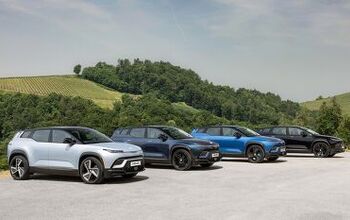

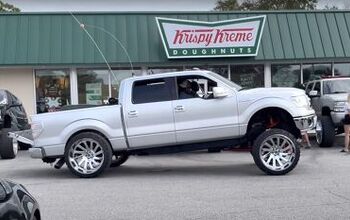
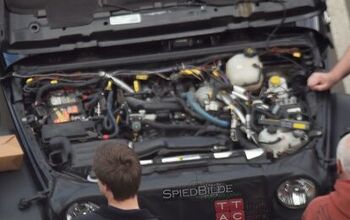
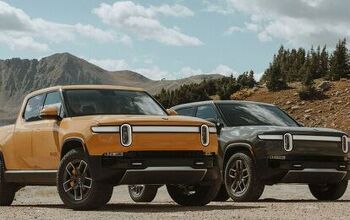
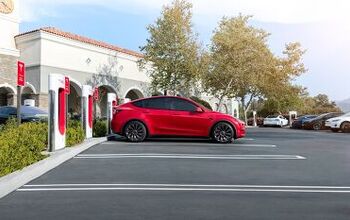
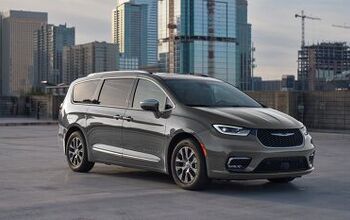
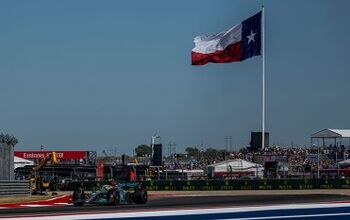
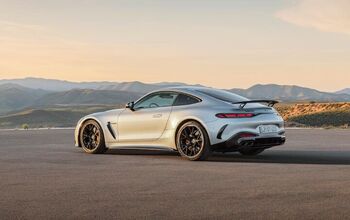
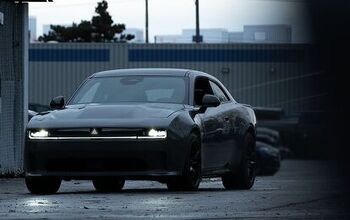
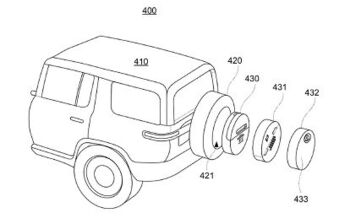
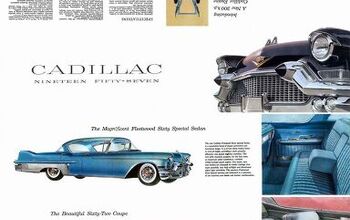
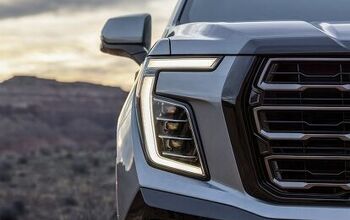
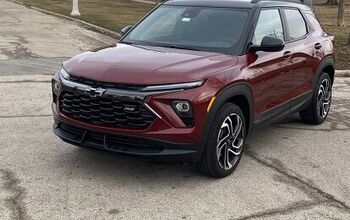

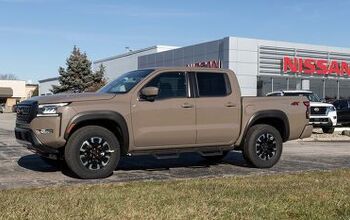
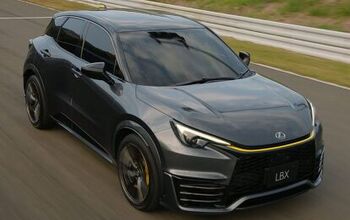
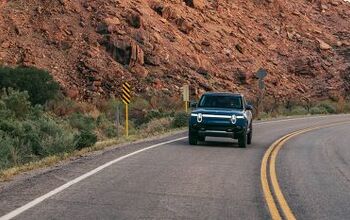
Comments
Join the conversation
23 mpg city and 25 mpg highway, with an 8-speed transmission? That there's some really great aerodynamic improvement.
23 MPG in a modern Jeep, with all the government-mandated emissions gear and airbags, safety standard bumpers, plus comfort features such as noise deadening material, air conditioning, heated seats, navigation systems and infotainment is PRETTY DARN GOOD. My first Jeep, a 1948 CJ-2A had none of that. All that stuff adds weight plus loads of extra wiring and other things that you don't think about. PLUS, making 275 horsepower at the same time ! Look at the horsepower of the 1950s cars AND JEEPS. Nowhere near 275 HP. All these factors make 23 MPG a large accomplishment. And look at what they had to do to get it- start/stop at stoplights and stop signs, an eight-speed transmission, aluminum for some body parts just to mention a few. 23 MPG is quite an accomplishment. Maybe the next generation will be nuclear-powered and the mileage will impress even you.